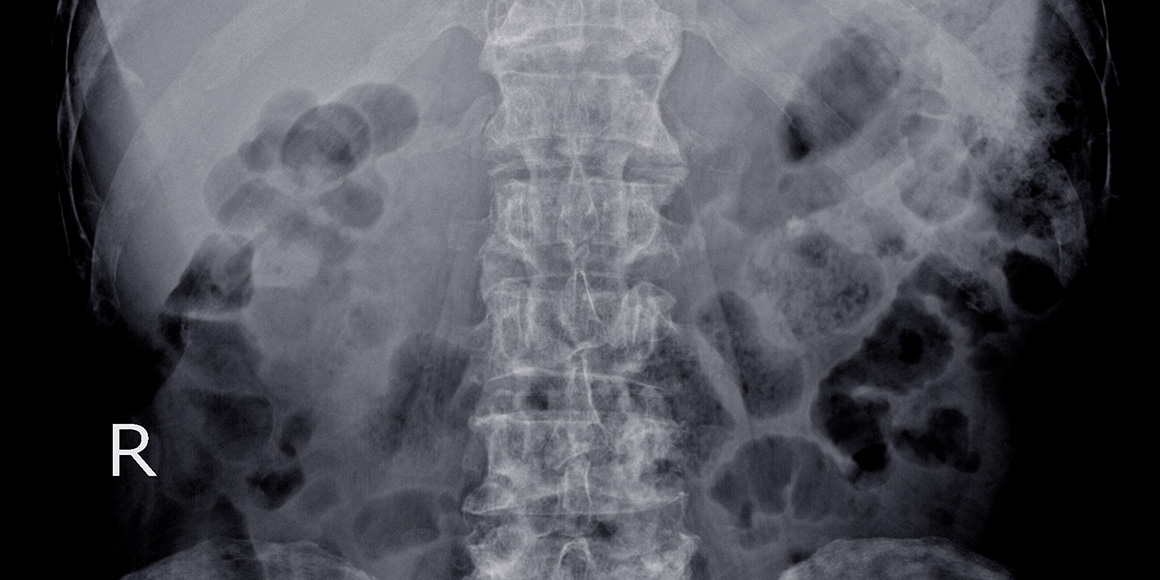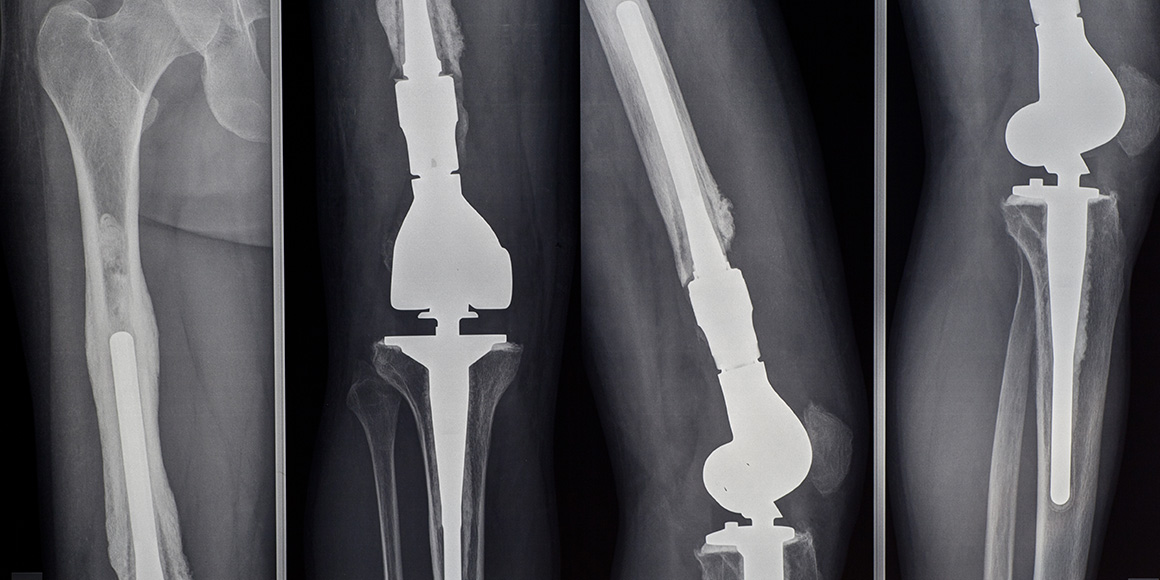Ortopedik Onkoloji
Diagnostic Process and Staging
Orthopedic tumors may initially exhibit no symptoms and may have an insidious progression. The findings may vary according to the location of the tumor, tumor type and tumor size.
Similar to others tumors the first findings in orthopedic tumors is pain. The type and duration of pain can vary according to the size and type of the tumor. The pain is initially milder and responds to pain killers. In time the pain can increase and become continuous due to the damage the tumor causes.
The second most common finding is swelling. The swelling is usually superficial and can be encountered in the early stage of soft tissue and bone tumors. In deeper tumors swelling is usually encountered later. Some bone cancers present with fractures without any previous findings. These fractures are called “pathologic Fractures”. These fractures usually occur in result of minimal to no trauma.
At least one of pain, swelling or fracture findings are present in most orthopedic tumors. However in some tumors there are no findings (generally benign tumors) these tumors are found incidentally while testing for another disease.
These findings are the initial situations that lead us to the diagnosis. After patients apply with these findings we can performs tests such as ultrasound, CR, MRI, scintigraphy and PET and come closer to a diagnosis. Although limited, these imaging methods allow us to gather information about the lesion.
The most accurate way of making a diagnosis in orthopedics is with histopathologic methods. Thus a biopsy from the lesion is a must. There are different biopsy methods.
Following all of these studies staging is performed differently for every tumor in order to define the progression and treatment of the tumor. Thus diagnostic process may end and treatment may begin.











